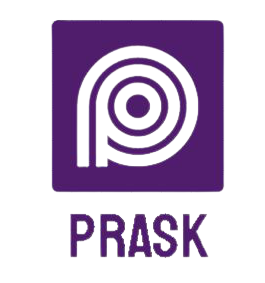TPR (Thermoplastic elastic) material is an adaptable and comprehensively used thermoplastic elastomer that joins the properties of elastic and plastic. Miles an adaptable and solid material can be dissolved and transformed more than one time without going through any regular compound option. TPR material has splendid abrasion resistance, chemical resistance, and grip properties, making it appropriate for diverse programs inclusive of toys, footwear, medical devices, adhesives, and commercial products.
It is also breathable, proof against UV mild, and has excellent electric insulation properties. TPR material may be processed through the usage of numerous methods, inclusive of injection molding, extrusion, and welding. To read more about TPR material please visit our website. Its tensile energy ranges from one thousand to 3000 psi, elongation at the wreck is between 200 to 500%, and tear strength is between 10 to 30 N/mm. In general, TPR material is a treasured useful resource for many industries because of its particular combination of properties.
Benefits TPR Material Offer
Thermoplastic elastic (TPR), moreover known as a thermoplastic elastomer (TPE), is a versatile material that merges the properties of both elastic and plastic. In this article, we will investigate the various endowments of TPR material, featuring its substantial properties, ecological gifts, and practical projects.
Flexibility and Adaptability
One of the essential benefits of TPR material is its top-notch adaptability. TPR can be formed and handled with the use of regular plastic creation methods, for example, infusion embellishment, expulsion, and blow shaping. This pliability in processing makes it suitable for an extensive range of products, from car elements and patron items to clinical devices and footwear.
Elasticity and Resilience
TPR material well-known shows super rubberity, just like that of natural rubber. It can stretch and go back to its authentic form without everlasting deformation. These belongings make TPR best for packages requiring flexibility, including gaskets, seals, and bendy tubing. Moreover, TPR’s resilience ensures that it may face up to repeated use and mechanical stress without compromising its structural integrity.
Durability and Impact Resistance
Every other sizable advantage of TPR is its sturdiness. TPR materials are proof against abrasion, tearing, and weathering, making them suitable for outside packages and harsh environments. Their effect resistance is in particular valuable in industries like automobile and construction, where materials ought to endure high levels of mechanical stress and effect.
Temperature Resistance
TPR substances can hold their properties across an extensive temperature range. They continue to be flexible at low temperatures, making them perfect for bloodless environments, and can also face up to excessive temperatures without degrading. This thermal stability makes TPR appropriate for packages related to temperature fluctuations, which include automotive engine additives and electrical insulation.
Chemical Resistance
TPR substances are proven against many chemical compounds, along with oils, greases, and solvents. This chemical resistance complements their suitability to be used in environments in which publicity of such substances is commonplace. As instance, TPR is often used in car components that come into touch with engine oils and fuels, as well as in commercial applications wherein chemical publicity is a situation.
Cost-Effectiveness
TPR materials offer a value-effective alternative to standard rubber and silicone substances. Their capability to be processed using general plastic production strategies can lead to decreased production expenses and quicker cycle instances. This value efficiency makes TPR an attractive preference for manufacturers trying to stabilize performance and budget considerations.
Aesthetic and Design Flexibility
TPR materials may be without problems colored and custom-designed to satisfy unique design necessities. They may be produced in an extensive variety of colors and finishes, inclusive of translucent and opaque options. This aesthetic flexibility allows manufacturers to create visually attractive products without compromising on performance.
Conclusion
TPR material sticks out as a versatile and high-overall performance choice for a wide range of programs. Its combination of durability, sturdiness, temperature, chemical resistance, recyclability, and cost-effectiveness makes it an appealing preference for manufacturers across various industries. Whether in cars, patron items, scientific devices, or commercial programs, TPR offers a unique combo of properties that meet the needs of modern production and design.










